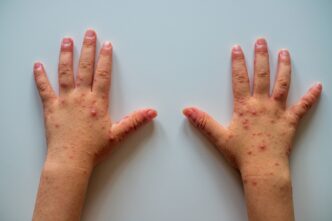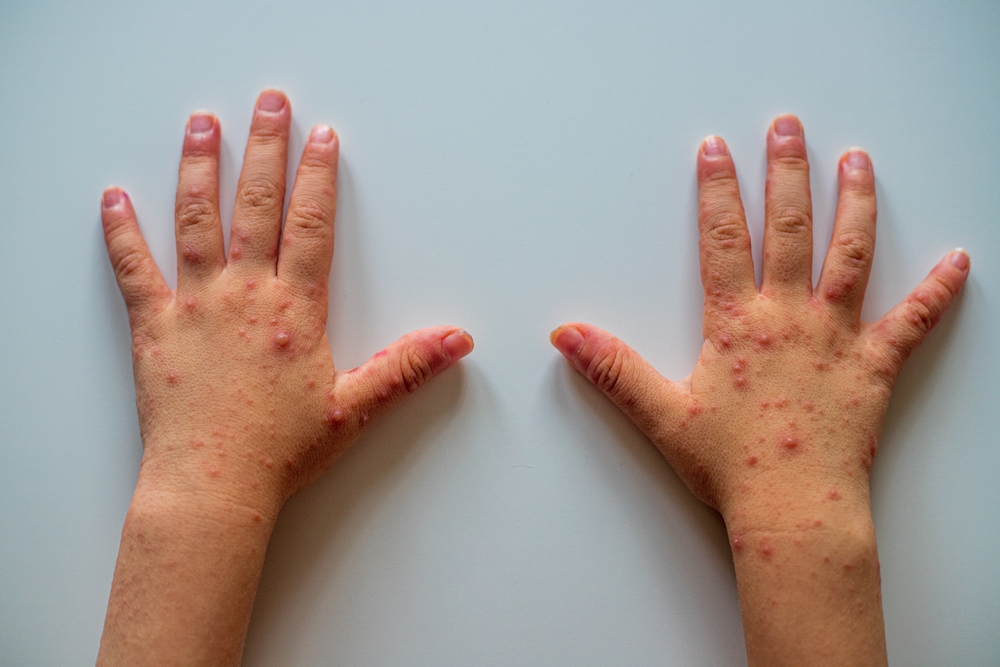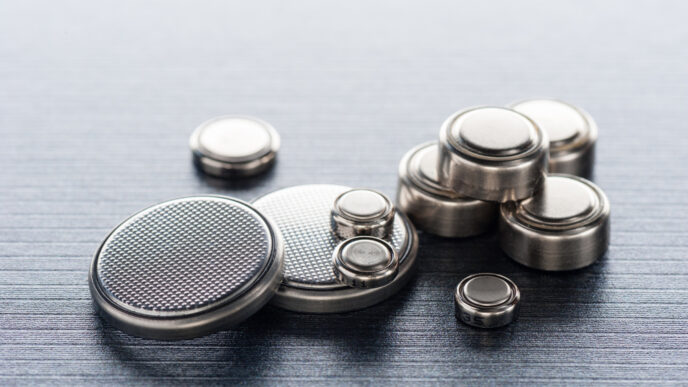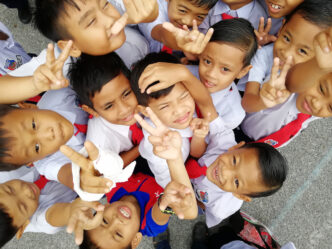Malaysia is facing a sharp rise in hand, foot and mouth disease (HFMD) cases. Our Ministry of Health (MOH) has reported 99,601 cases nationwide as of Week 17, a 266% jump compared to the same time last year. With young children most at risk, parents across the country are looking for clear, practical steps to protect their families from this highly contagious illness.
WORDS LIM TECK CHOON
 FEATURED EXPERT FEATURED EXPERTDR CH’NG TONG WEI Consultant General Paediatrician Sunway Medical Centre |
WHY ARE HFMD CASES ON THE RISE?
According to Dr Ch’ng Tong Wei:
- HFMD tends to peak after the March to April heat and during the early part of the southwest monsoon season.
- This is because the warm, humid weather allows the virus to survive longer on hands, toys, and surfaces.
- Close contact in nurseries and kindergartens also speeds up transmission, especially since young children often put their hands and toys in their mouths.
- Dr Ch’ng adds that the reduced exposure to viruses during the COVID-19 years has left many toddlers more susceptible now that daily life has returned to normal.
WHO IS MOST AT RISK?
- Children under 6 years old account for about 80% of HFMD cases, with toddlers aged one to three at the highest risk.
- This is because their immune systems are still developing, and they also engage in frequent hand-to-mouth behaviour.
COMPLICATIONS OF HFMD
- Most HFMD cases are mild, lasting three to seven day.
- Symptoms include:
- Fever
- Mouth ulcers
- Blisters
- However, complications can occur, including dehydration or, in rare cases, viral meningitis.
|
Viral meningitis occurs when a virus infects the protective layers around the brain and spinal cord called the meninges. These layers get swollen and irritated, which can cause headaches, fever, stiff neck, nausea, and extreme tiredness. |
Dr Ch’ng urges parents to seek urgent medical care if a child develops:
- High fever
- Seizures
- Stiff neck
- Difficulties in breathing
HOW HFMD SPREADS
HFMD spreads through:
- Saliva
- Nasal discharge
- Fluid from blisters
- Faeces
- Contaminated surfaces
In warm and damp conditions, the virus can survive for several days.
At home, key contamination spots include:
- Stuffed animals and plastic toys
- Dining tables and high chairs
- Toilet handles and bathroom sinks
- Electronic devices such as tablet screens
In childcare centres, shared art supplies, books, playmats, and water fountains are common points of spread.
HFMD PREVENTION TIPS FOR PARENTS
Dr Ch’ng recommends focusing on hygiene, cleanliness, and isolating sick children early.
Key tips include:
- Handwashing. Wash hands with soap for at least 20 seconds, especially after diaper changes, using the toilet, and before meals.
- Toy rotation. Use a “clean box” and a “used box” to separate disinfected toys from those in play.
- Surface cleaning. Wipe high-touch areas such as doorknobs and light switches daily.
- Ventilation. Allow fresh air to circulate to reduce the amount of virus indoors.
- Keep infected children at home and away from siblings or playmates.
Other helpful habits include keeping children’s nails trimmed and discouraging finger-sucking or nail-biting.
BEYOND CLEANING: CREATING A HEALTHY HOME
Even thorough cleaning may not cover every surface a child touches. Parents can also make long-term choices when renovating or repainting their homes to improve hygiene.
When painting, consider interior paints that:
- Have low or no volatile organic compounds (VOCs), reducing exposure to harmful fumes.
- Contain antimicrobial additives that help prevent the growth of bacteria, mould, and fungi.
- Have smooth, washable finishes for easier cleaning of stains and spills.
Such features can help create a cleaner, safer home environment for young children, complementing regular hygiene routines.
| This article is part of our series on tips and advice for parents to provide the best TLC to their children. |














